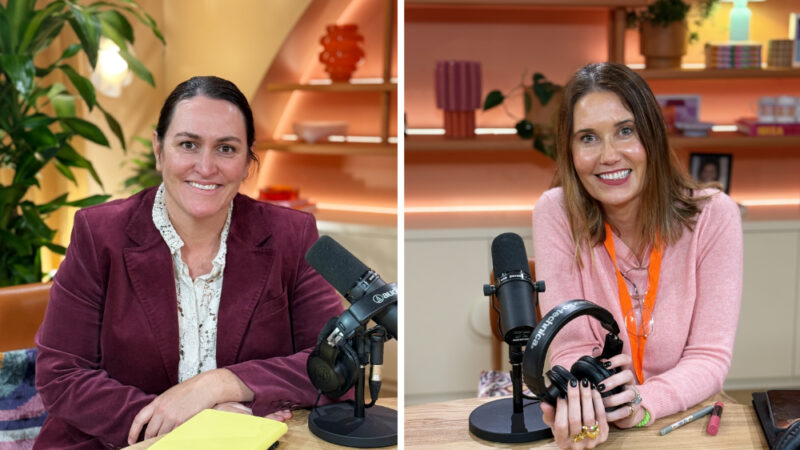Mamamia gears up for Youtube podcast push
Mamamia is investing heavily in a video push that it hopes will grow its podcasting audience through Youtube.
As part of the video drive, the female-focussed media company has fitted out its new Sydney office with vodcasting studios, a control room, voiceover booth and infinity cove studio.
CEO Natalie Harvey told Mumbrella that Mamamia was reaching between 1.2-1.5 million listeners through podcasts every month, and that the best way to grow that number was through Youtube.

Natalie Harvey and Zara Curtis

